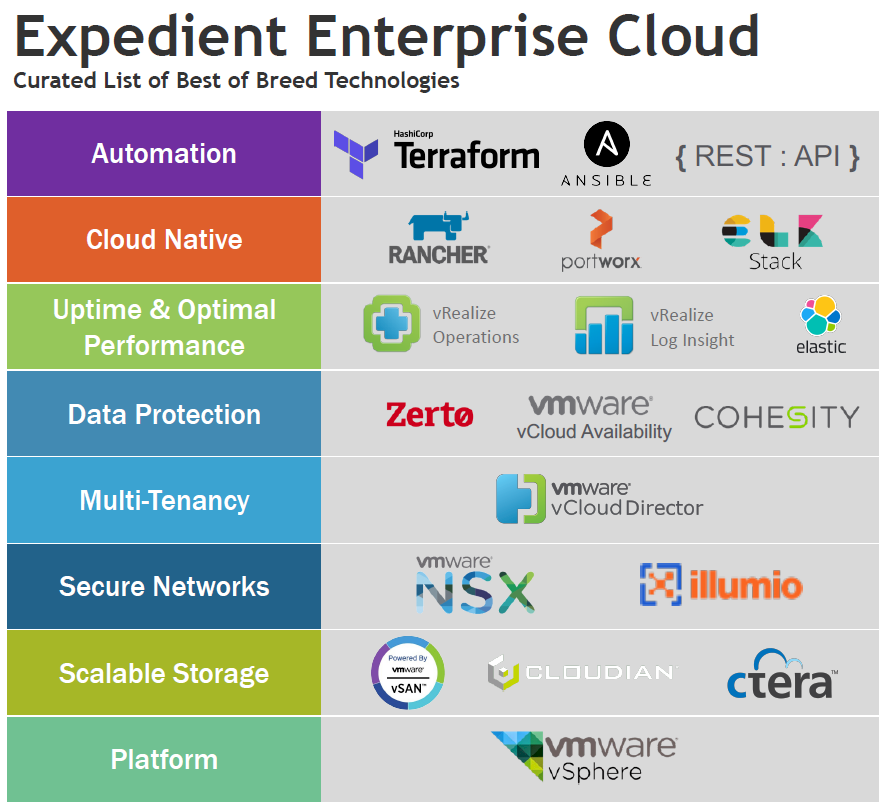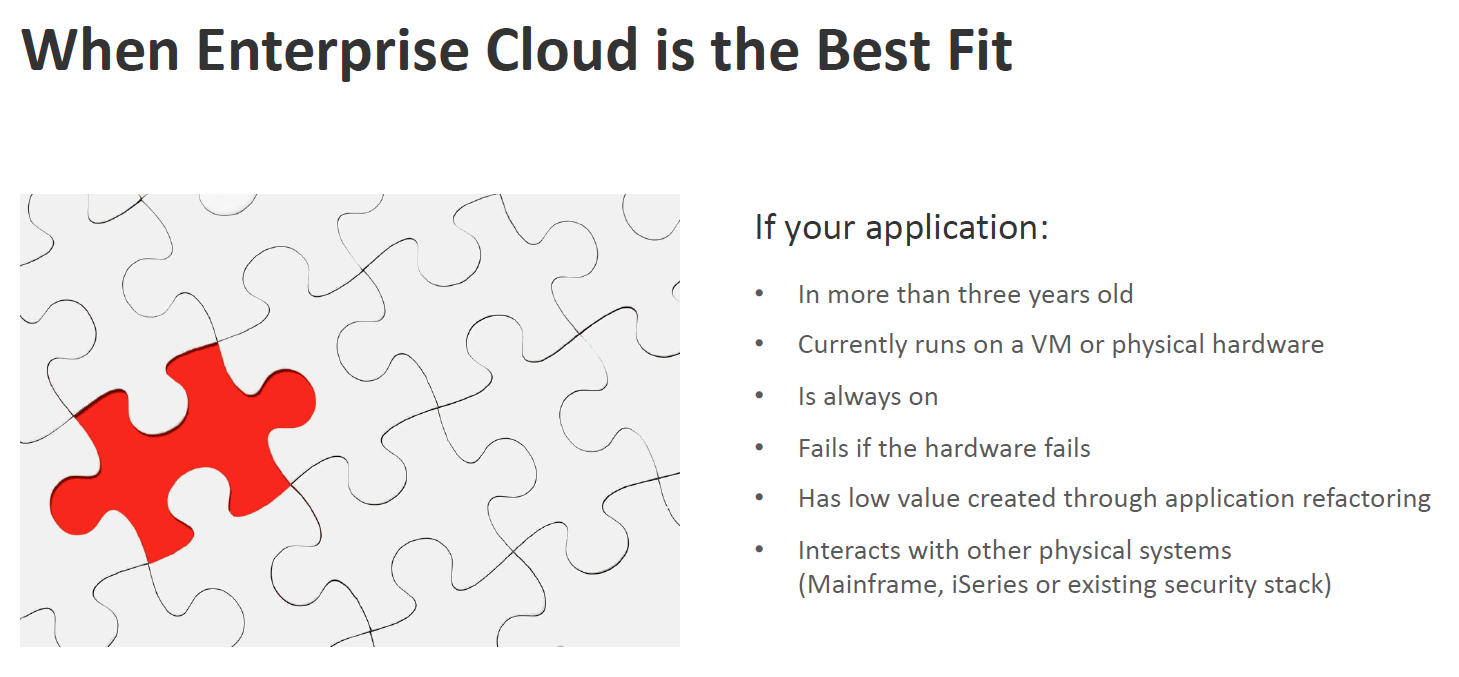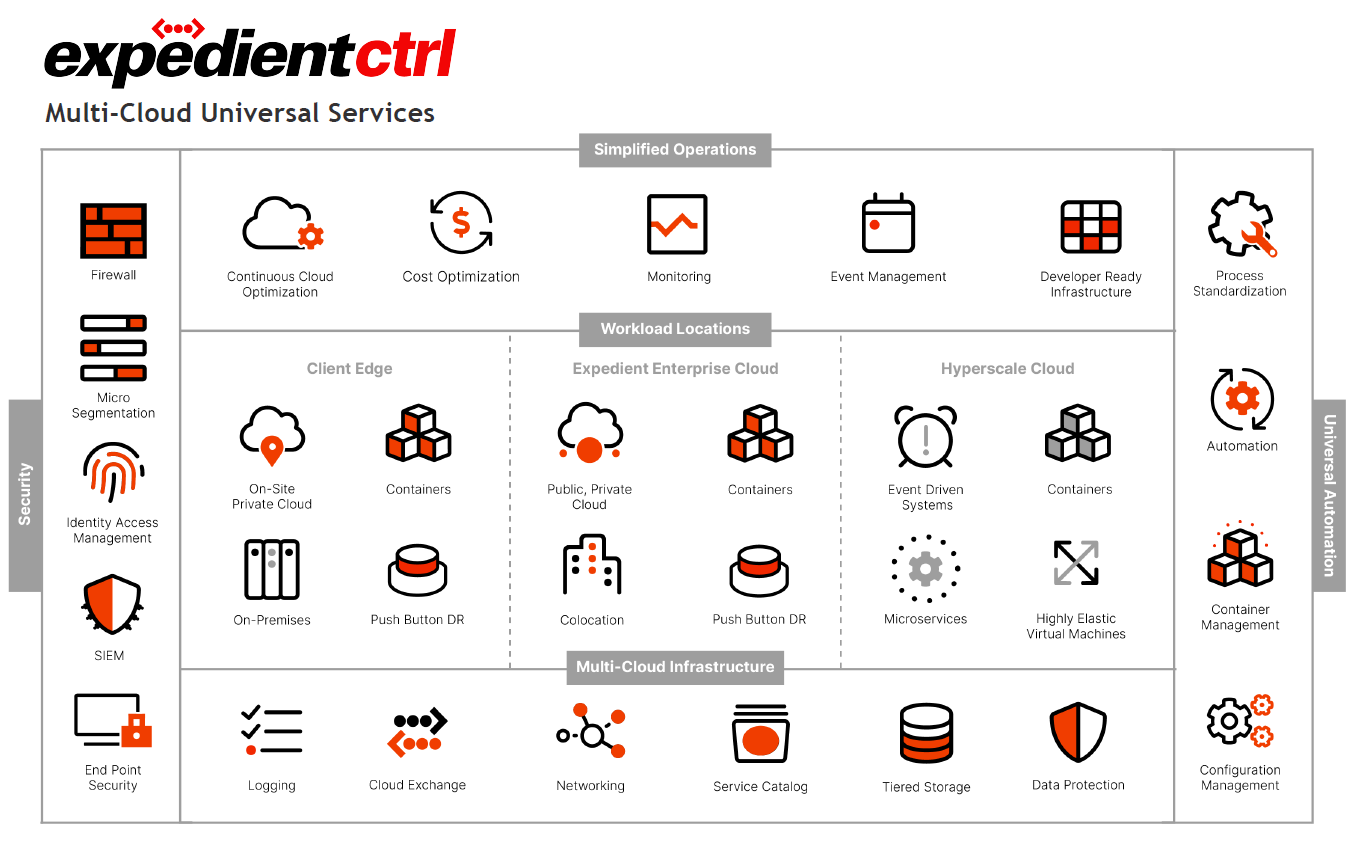
The promises of the cloud – from agility and scalability to reduced costs and easier access to emerging technologies like artificial intelligence (AI) and advanced analytics – have been out there for more than a decade and enterprises are continuing to push more of their operations to such hyperscale providers like Amazon Web Services (AWS), Microsoft Azure and Google Cloud. That has been even more so since the onset of the COVID-19 pandemic a year ago, when the rapid shift a highly distributed workforce and the temporary shuttering of offices sharply increased the need for cloud services.
But moving the cloud is a complex undertaking and hasn’t been easy for many companies. Skill sets are lacking in many enterprises and midsize organizations to shift workloads that have been run in on-premises datacenters for years, much of the work that companies’ do now is still focused on simply keeping in-house operations going and those operations hold a broad range of technologies that are tightly interdependent. Also, making the migration to the cloud can call for budgets that some enterprises just don’t have.
These challenges have helped give rise to the fast-growing cloud managed services industry, a market that analysts at Fortune Business Insights expects to grow almost 14 percent a year, from $46.5 billion in 2019 to almost $126.3 billion by 2027. Those services can address a range of needs, from migrating workloads and data to the cloud to orchestrating organizations’ use of multiple clouds to building cloud-native applications.
Expedient is one of those managed service providers (MSPs). Starting out about 20 years ago as a networking company, Expedient shifted into colocation services as enterprise desire to get out of managing their own datacenters began to grow. The company has now grown to a dozen datacenters in eight US cities and in 2007, as the cloud began to emerge, expanded into virtual colocation with a cloud-like infrastructure based on VMware technology. (Expedient has about 40,000 virtual machines running in its environments at any one time.)
Six years ago, the company jumped into the disaster recovery-as-a-service (DRaaS), an offering that differentiates with similar services by not only being able to fail over applications but also networks.
Now Expedient sits in a position where it not only offers services to help organizations make their way into AWS, Azure, Google Cloud or other hyperscale environments, but also is a cloud provider itself, with the Expedient Enterprise Cloud. It’s an alternative to the hyperscalers, which require organizations to learn new platforms and refactor some of their applications, and do so without the services or inherent security they need. With the Expedient Enterprise Cloud, enterprises can work with familiar VMware technologies like vRealize Operations, vCloud Availability and NSX, and a growing list of best-of-breed technologies.
“We don’t expect that we’re going to go into a company and ever be able to deliver everything that that AWS can deliver,” Michael Fulton, vice president of product strategy and innovation at Expedient, tells The Next Platform. “If you’ve got an application that’s going to rely on heavy artificial intelligence, Expedient is not and will never be the place for you to land that workload. From a standpoint of our Enterprise Cloud, we have a set of things that we do really, really well and we will put those things up against anybody in the world. But we only do a specific set of things really, really well.”
If a business needs something that Expedient can’t offer, the MSP and infrastructure-as-a-service (IaaS) provider will help it find the right cloud provider to address those needs. Expedient this week released a new suite of services to help organizations better manage operations and costs in an increasingly multicloud environment. The new Expedient CTRL suite is foundation to what the company has coined its “Cloud Different” approach that is aimed at helping companies better optimize the cloud not only for cloud-native workloads but also legacy systems.
These services are necessary given the challenges that adopting the cloud presents, Fulton says. Noting that the cloud has been around for 15 years – March 2021 is the 15th anniversary of the Elastic Cloud Compute service at Amazon Web Services, the starting pistol of the current cloud revolution – and that digital transformation has been a stated goal for many companies since 2007, Expedient, he uses data from 451 Research to show that only 16 percent of organizations are 100 percent in the cloud, even as 83 percent say that they expect the cloud to be the primary home for most workloads by next year.
The first generation of the cloud has “been more expensive, it’s been slower and it’s been far more complex than they’ve expected,” Fulton says. “They don’t have the budgets that are going to be necessary. They don’t have the skills that are going to be necessary and they don’t have the technology match. If we talk about these VMware workloads trying to go into a hyperscale environment, there’s a fairly significant technology match that makes this difficult. Add on to that the competing business priorities, where companies are trying to cut significant costs as a result of the pandemic and the impact on their business. They’re trying to digitize all of their customer experiences or whatever that might be. When we talk about “Cloud Different” at Expedient, we talk about smarter, safer, and simplified.”
Organizations need to take a multicloud approach rather than put everything in a single cloud. Expedient offers a third-party assessment service based on an AI-based tool from CloudPhysics (which was bought late last month by Hewlett Packard Enterprise) that helps enterprises determine the best cloud platform for each workload, with Expedient providing engineers to help organizations interpret the information and come to the best decision. It’s a win-win for the MSP. For some workloads, the best place may be Expedient Enterprise Cloud. However, if AWS, Azure or another platform is better, than Expedient can still supply the initial upfront process and its optimization engine will help enteprises best leverage their various cloud environments.
If down the road costs or performance for a particular cloud changes, Expedient will be able to notify the enterprise and help make a decision whether the application needs to be moved.
At the moment, Expedient is offering a 100 percent uptime guarantee for its infrastructure services, and boasts that it can deliver at least 30 percent better bang for the buck compared to Amazon Web Services, Microsoft Azure, and Rackspace. One key differentiator for Expedient, by the way, is that all of its datacenters are interlinked with a private 100 Gb/sec network. Expedient is using Rancher Labs for its Kubernetes layer, not VMware’s Tanzu implementation of Kubernetes.
Security – always a top-of-mind concern for executives when talking about the cloud – also is addressed with the new services. Organizations need consistent security policies across the multiple clouds they’re using even though the different cloud providers offer different interfaces and approaches in their platforms. The more complex an environment, the larger the chance of a security problem.
Expedient, based in Pittsburgh, Pennsylvania and Columbus, Ohio, provides as set of tools that overlays on top of everything, delivering that consistent security policy in a multicloud environment. That includes a single management point for firewall rules and policies and central management of the policies and controls through firewalls deployed across any cloud, on-premises datacenters or Expedient datacenters. (Those datacenters are located in the “Tier 2 NFL cities” as Fulton put it, including its two hometowns.) There is universal visibility through a central security incident and event management (SIEM) solution, identity access management (IAM), micro-segmentation of networks and push-button disaster recovery to protect against ransomware and other disasters.
“We’ve got to put as much in place as possible to protect our environments,” Fulton says. “But when something gets through, we need to be able to recover. That’s where that push-button DR enables us to recover. Our clients have gotten hit with ransomware attack and been able to recover in a matter of hours by leveraging our push-button DR without having to pay the ransom.”
Expedient also is looking to remove some of the complexity of managing multicloud environments. That includes offering a standard foundation of automation, visibility, security and networks for all VMs, containers and colocation across the cloud and on-premises, continuous optimization of the cloud in such areas as costs, performance and compliance, removing the risk the comes with using only one cloud provider and delivering continuous oversight from its own engineers.
“We help them access upfront, align where they’re going to land,” Fulton says. “We help them actually architect their migration plan so they can act quickly. On top of that, we help them accelerate. One of the things that we’re able to do because their on-premises stuff is typically on VMware and we’ve got a VMware-based architect and cloud, we’re actually able to accelerate about 50 percent of their workloads for a lot of organizations by leveraging out-of-the-box vMotion and capabilities like that to move them from their own premises into our Enterprise Cloud, get them into that cloud operating model and allow them to focus on the applications they need to invest and re-platform and to take full advantage of the hyperscale capabilities.”
In a managed cloud services market that is only going to get more competitive, Expedient is looking to offer a broad set of services that touches on every point of the cloud. The company already offers services for any workload destination, whether it’s private clouds or on-premises datacenters, its own Enterprise Cloud or the hyperscalers, various operations services, automation, security and the underlying infrastructure for multicloud, from networks to tiered storage to logging.
“We’re giving them all the options,” Fulton says. “That simplified operations, which is really that single pane of glass that gives you visibility across all of your clouds, all your workloads in any cloud, that’s the big capability that is new and exciting. That provides that performance optimization, but also the cost optimization on an ongoing basis. You can look in here as you’re creating that next new workload and see on a workload-by-workload basis how much is this going to cost if you put it in Google Cloud or in AWS.”








Be the first to comment